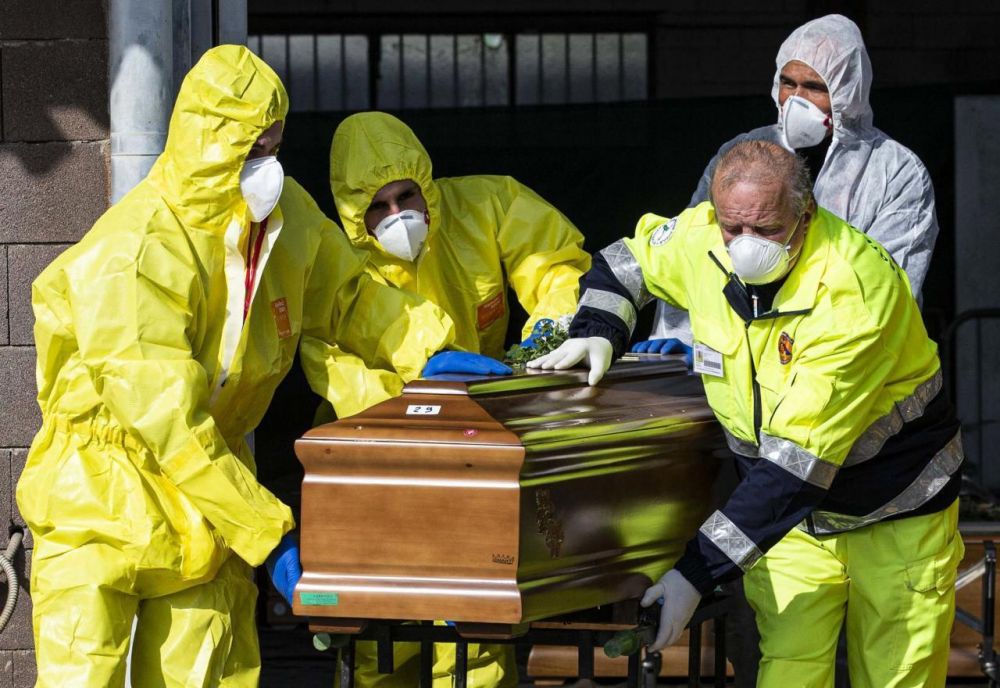RIO DE JANEIRO, BRAZIL – Humankind has known about the novel coronavirus for just over seven months, but to this day there is no consensus on its mortality rate.

Initially, the World Health Organization estimated that this rate would be 3.4 percent of infections, but the progress of Covid-19 across the planet showed a lower lethality than expected and varying between countries.
With over two million cases, Brazil counts some 80,000 deaths, while the United Kingdom reports 45,000 deaths with under 300,000 infections, according to data compiled by Johns Hopkins University.
The US Centers for Disease Prevention and Control has changed its estimate of the novel coronavirus lethality rate several times, consistently between 0.2 and one percent.
In an interview in April, Atila Iamarino, a microbiology doctor and scientific publisher, stated that a number of factors influence the coronavirus mortality rate in different countries.
“The difference in the mortality rate of the virus is caused by a country’s healthcare system’s capacity to treat the sick, the age of those infected and, most importantly, the number of tests performed,” said Iamarino.
Justin Silverman, assistant professor of science and technology information at Pennsylvania State University, and Alex Washburne, ecologist and scientific researcher of diseases at Montana State University, point out that mortality rates are references for the average population and that people may be at a higher or lower risk of death in case of infection with the novel coronavirus.
“The fatality rate of infection is not set in stone – it is an estimate of what occurred in the past, not an indicator of what will occur in the future. If people follow public health guidelines on wearing masks, maintaining social distance and isolation in case of illness, it may be possible to reduce infection in high-risk populations and lower the percentage of people dying from the disease,” writes Justin Silverman, assistant professor of science and technology information at Pennsylvania State University, and Alex Washburne, ecologist and disease researcher at Montana State University.
While researchers from around the world are looking for drugs that effectively treat Covid-19 and a vaccine that offers the human body defenses against infection by the novel coronavirus, the key to containing the pandemic and reducing the mortality rate of the virus is in each individual’s hands.
Source: Exame

